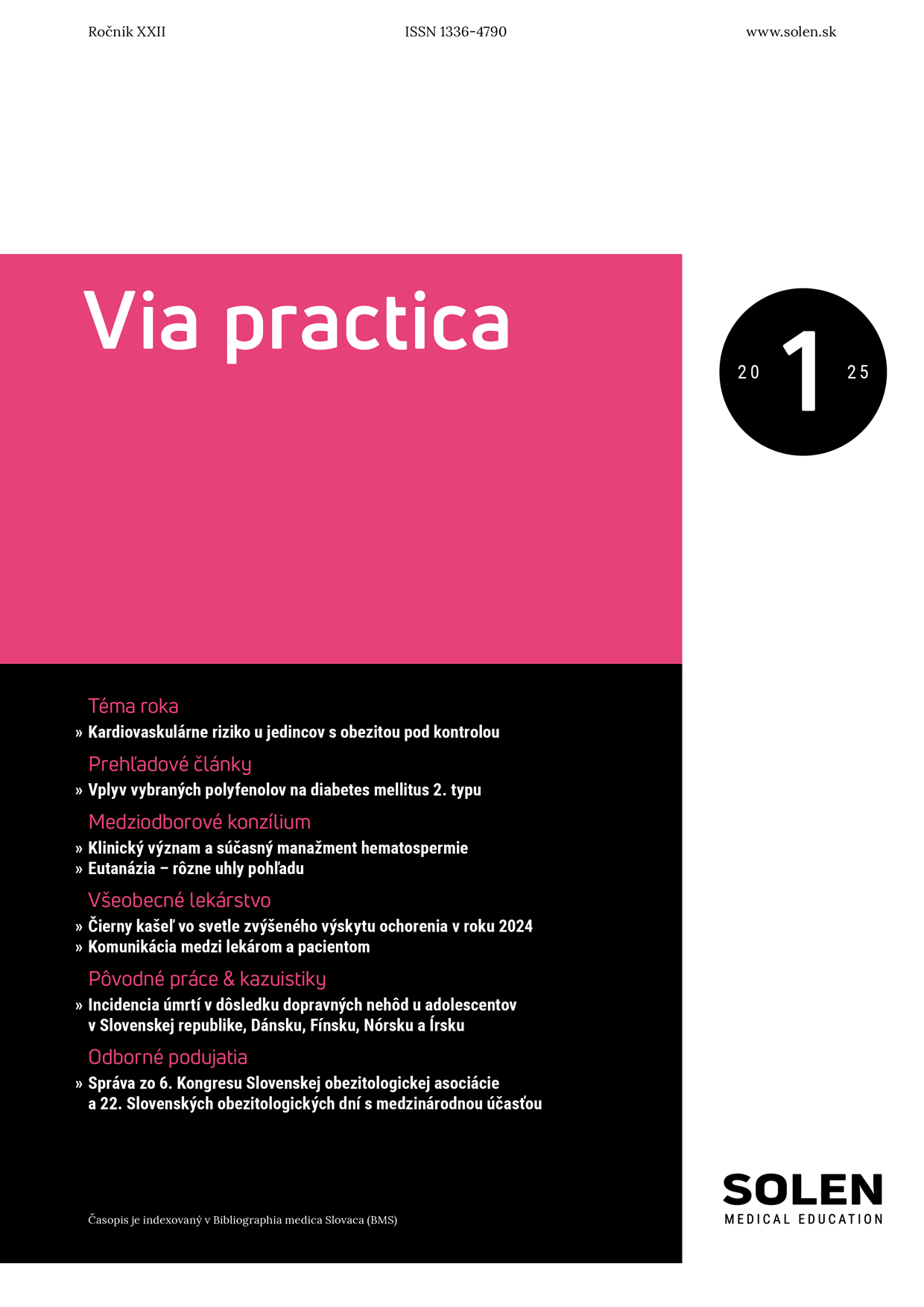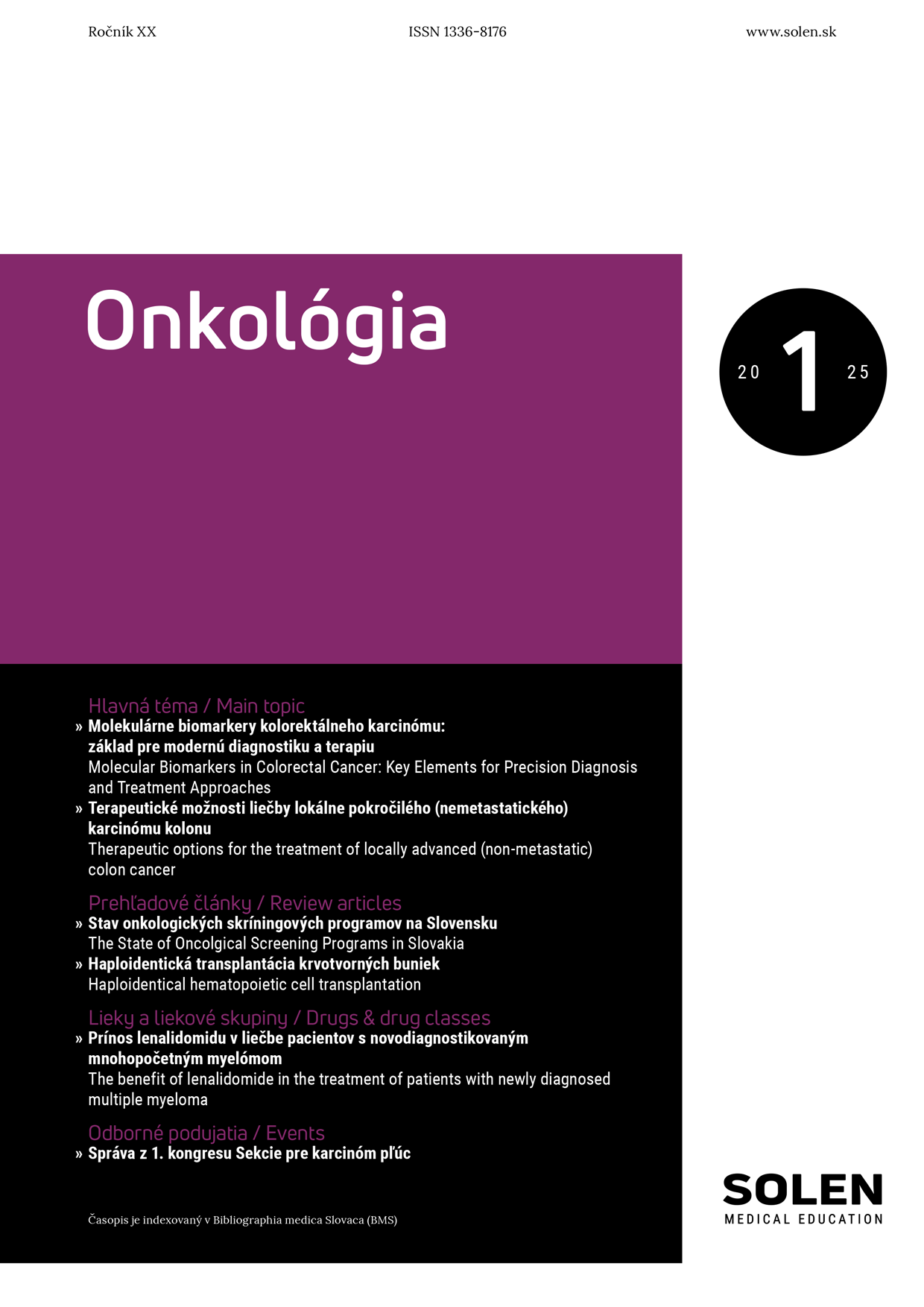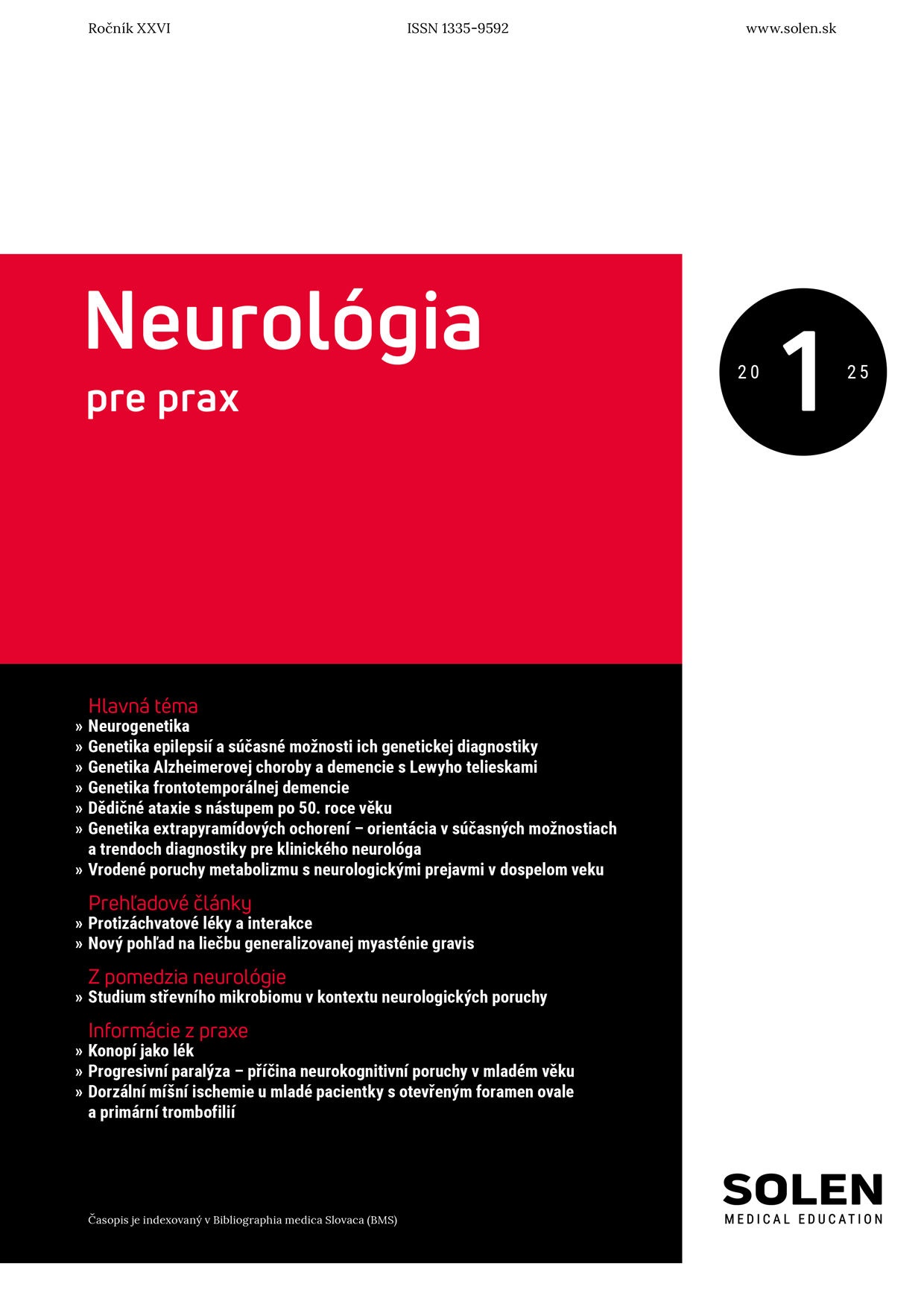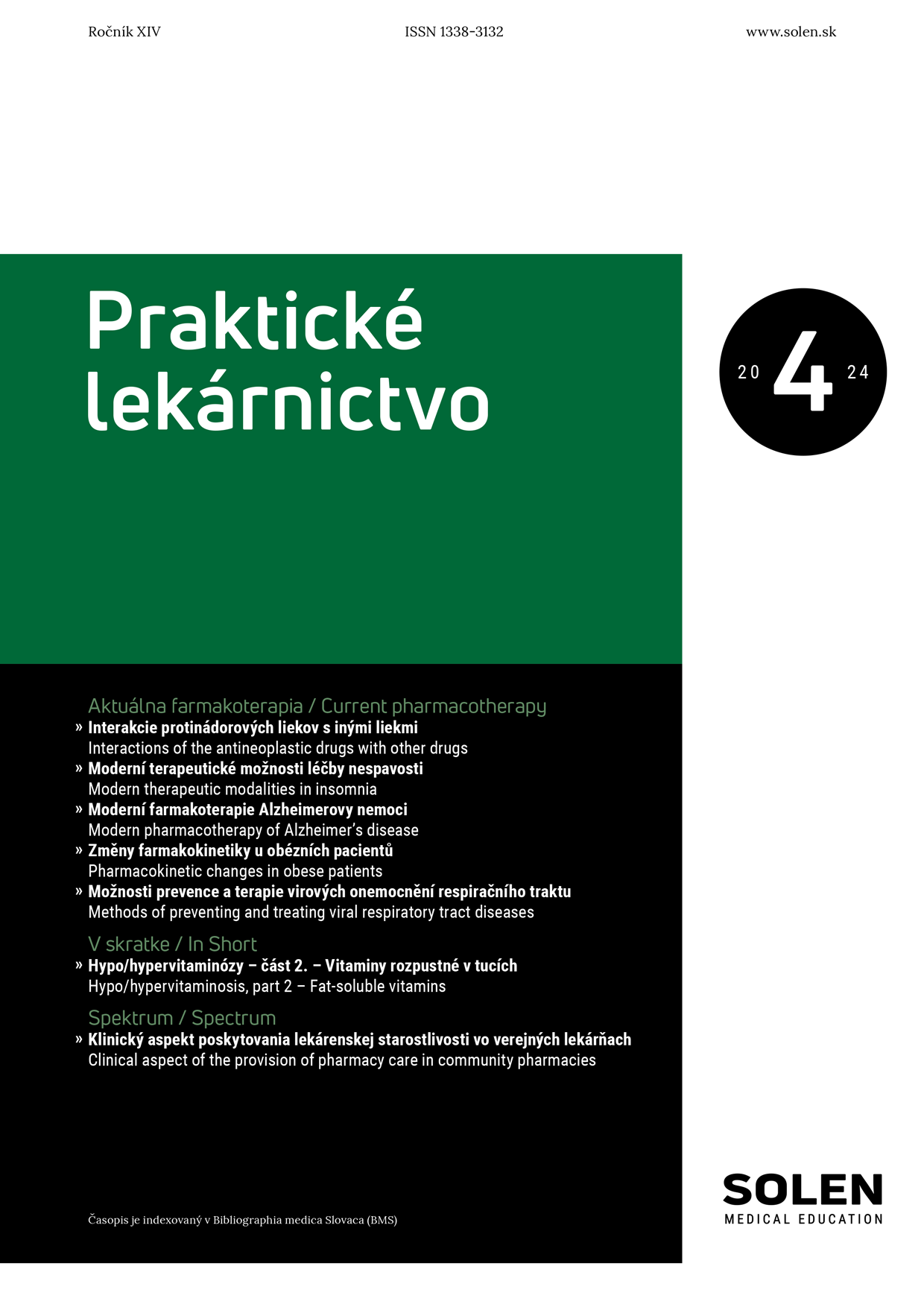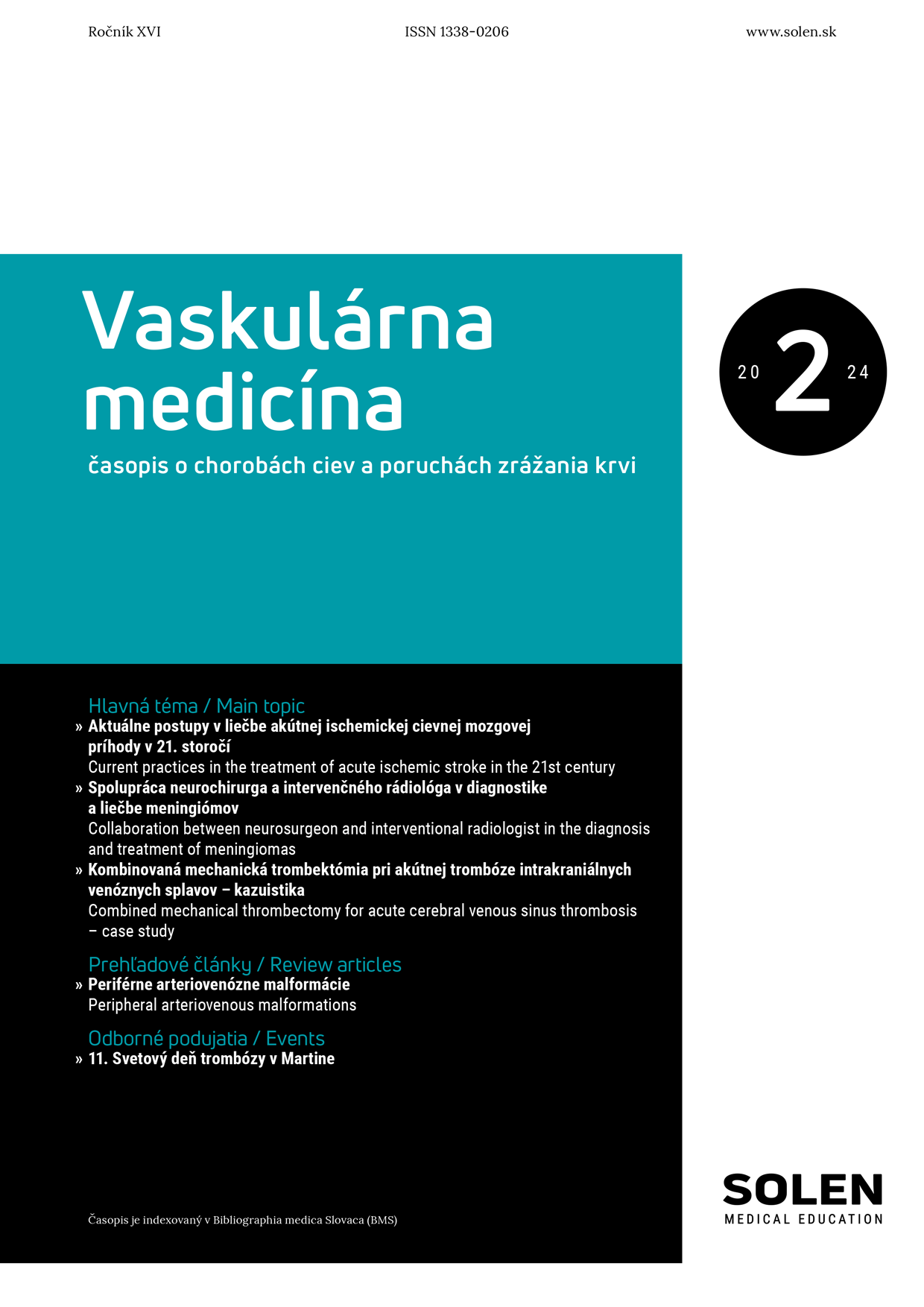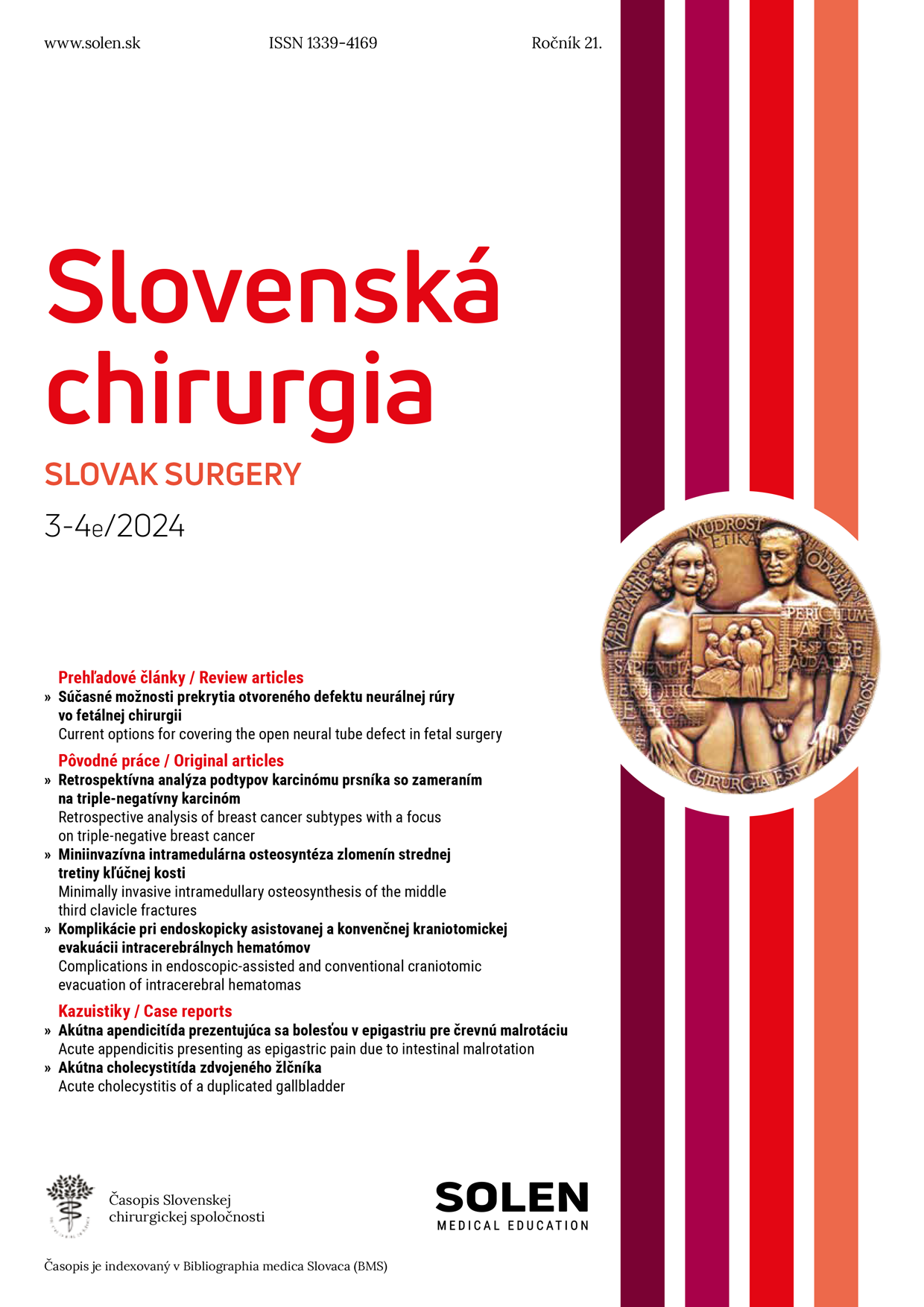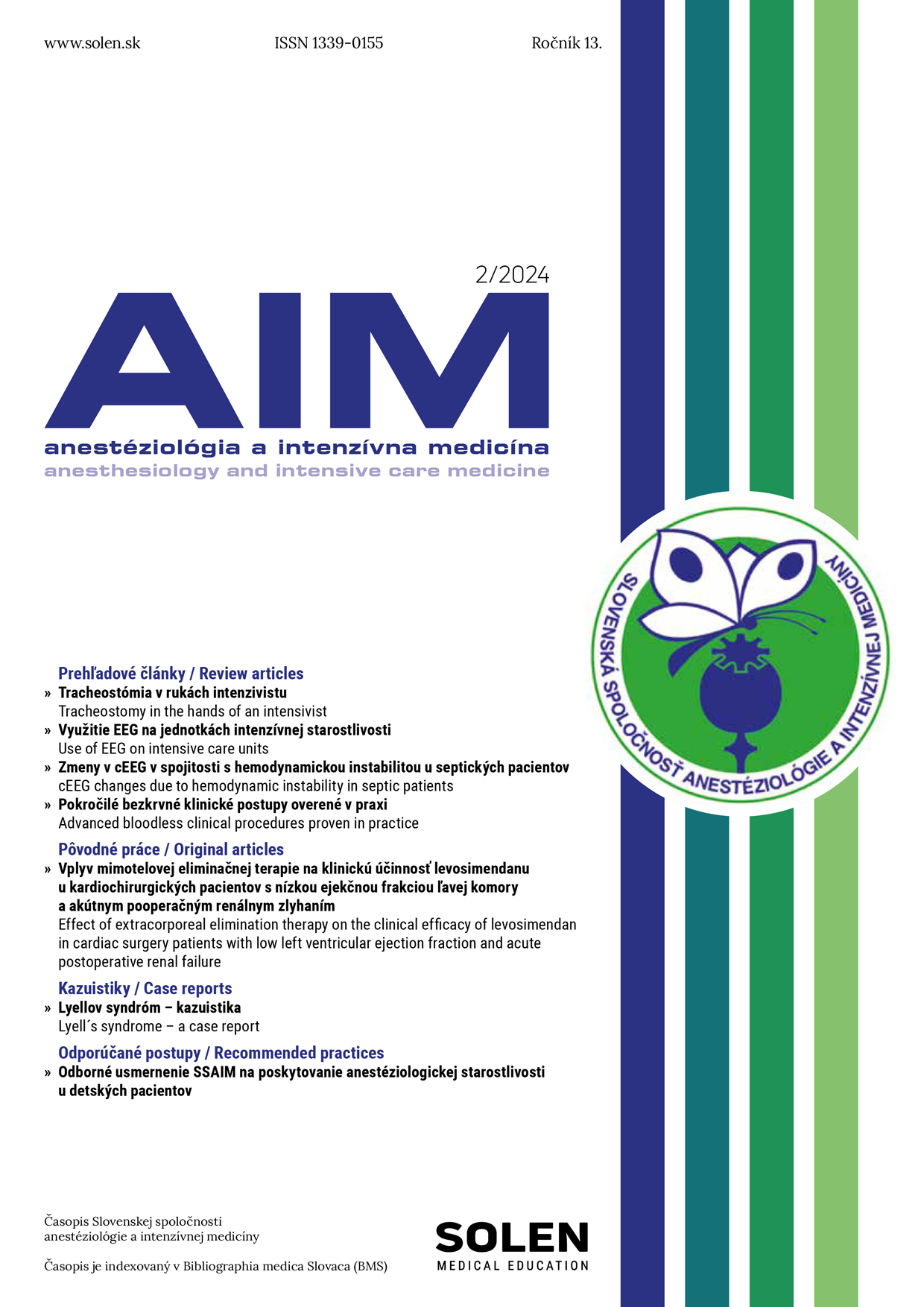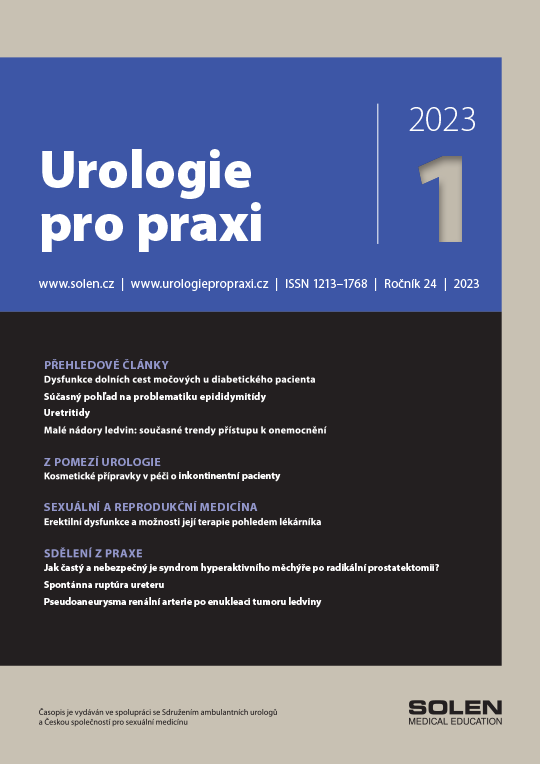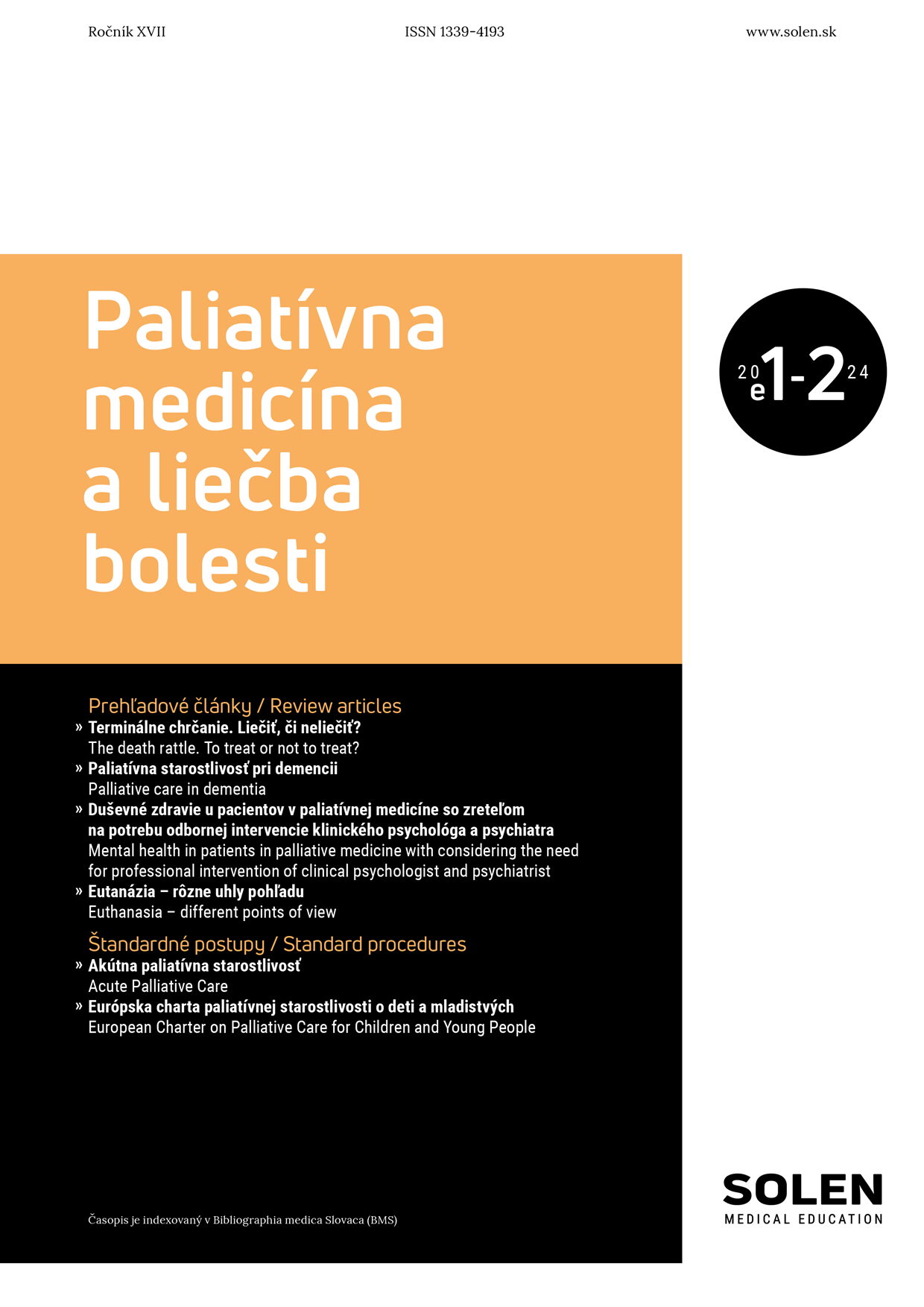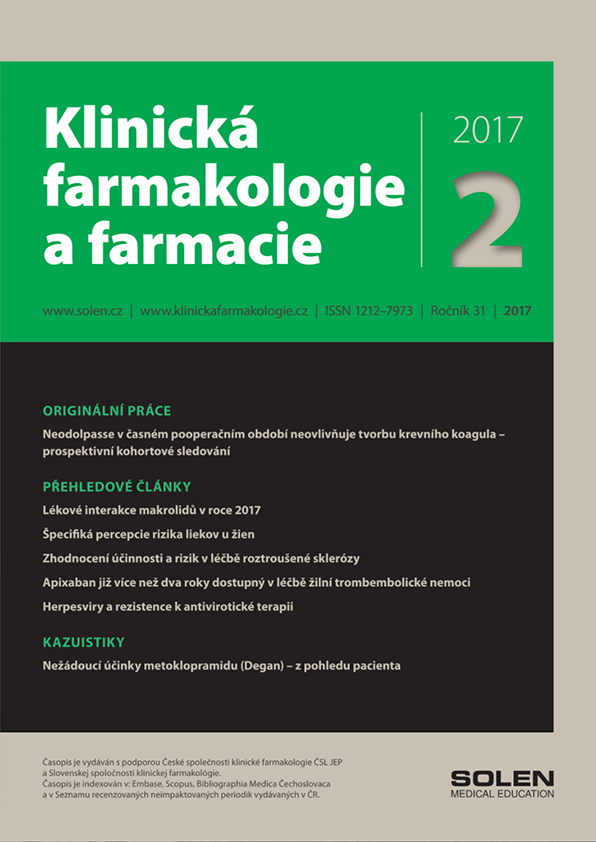Slovenská chirurgia 3-4e/2024
Biliary tract injuries during laparoscopic cholecystectomy: a brief analysis of individual cases treated at our workplace
Introduction: Laparoscopic cholecystectomy is currently the most frequently performed abdominal surgery in Western countries. The most serious problem is injury to the bile ducts, the incidence of which is around 0.3%. This article discusses the patients we treated at our workplace from the beginning of 2022 to September 2024. Materials and methods: This is a retrospective analysis of 15 patients who underwent laparoscopic cholecystectomy in an outpatient setting in which the bile ducts were injured. Individual cases are briefly discussed and then evaluated. Results: Through the analysis of individual patients, we found that the most common biliary tract injury is disruption of the continuity of the ductus hepaticus communis, Strasberg E. Intraoperative detection of the lesion was found in approximately a quarter of cases, and most injuries were diagnosed within 10 days of surgery. Of the diagnostic methods, we most often used CT. We indicated the surgical solution in 80% of patients, of which we encountered an extrahepatic anomaly of the bile ducts in up to a quarter of the cases. The most used method during the procedure was hepaticojejunoanastomosis using a Roux-Y loop of the jejunum. Conclusion: Bile duct injury remains the most dangerous complication of laparoscopic cholecystectomy and represents a great burden for the patient. Early detection and treatment is associated with lower morbidity and mortality, so patients should be referred to the center. Multidisciplinary cooperation is the basis of successful treatment.
Keywords: bile duct injuries, laparoscopic cholecystectomy



